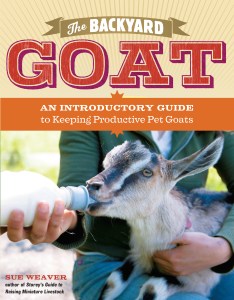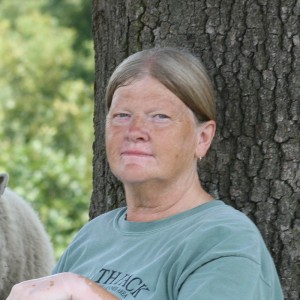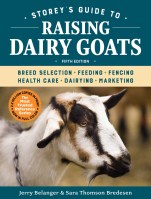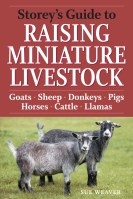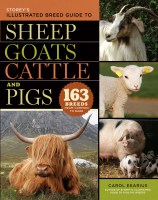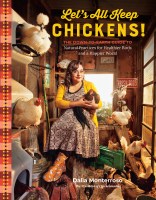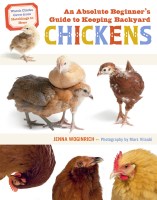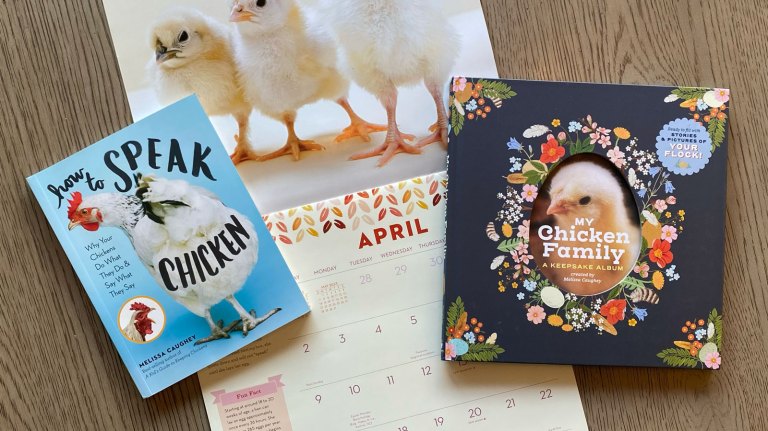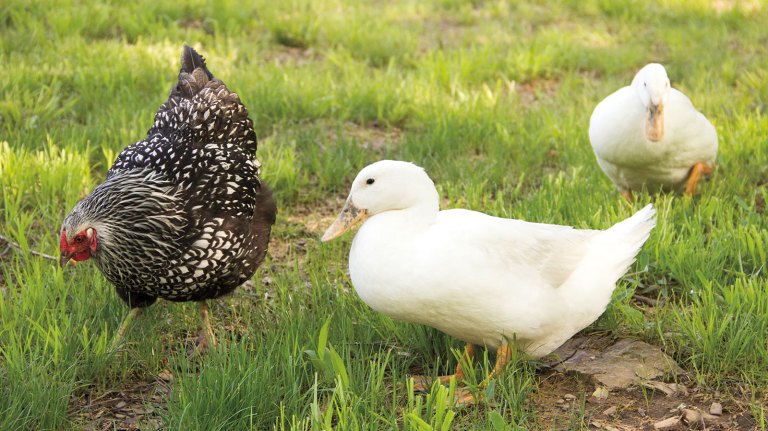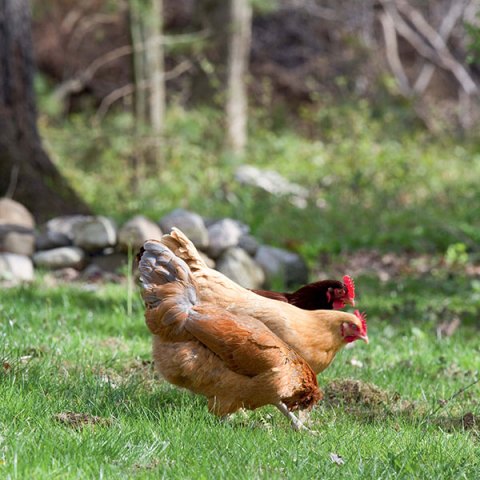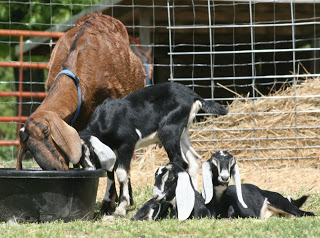Little Goats for City Living
Sue Weaver writes about the momentum behind the urban goat movement and introduces the breeds especially suited to smaller spaces.
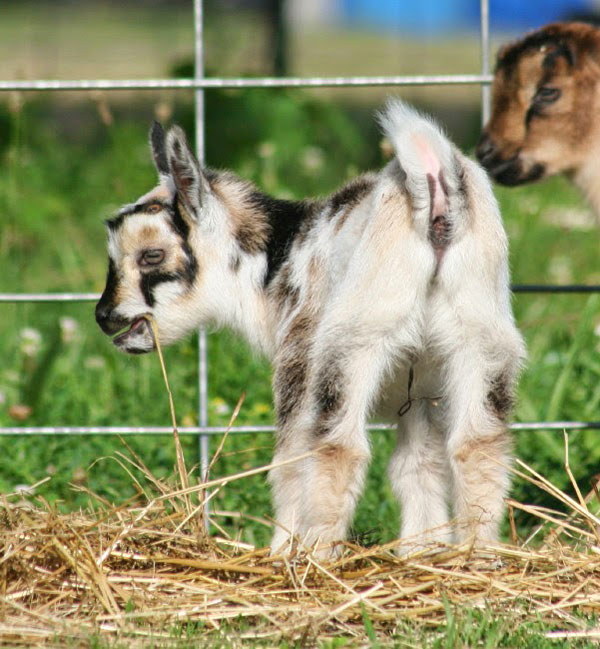
Miniature goats are the new chickens — every urban and suburban farmer wants to keep some. Fortunately, zoning permitted, you can keep goats most anywhere you live.
A few major cities that allow urban goat keeping include San Francisco, Seattle, Portland, Charlottesville, and Berkeley, California. Citizens groups in other cities are lobbying for goats, among them the Minneapolis Alliance for Goats and No Goats No Glory in Colorado Springs. And major periodicals like The Huffington Post, the New York Daily News, and USA Today have run stories about urban goat keeping.
Think urban goats are right for you?
Seattle was one of the first metropolises to allow city goats, thanks to the efforts of an organization called the Goat Justice League. The Justice League website offers a slew of goat care tips on urban goat keeping. I also recommend reading Seattle urban goat guru Jennie P. Grant’s City Goats: The Goat Justice League’s Guide to Backyard Goat Keeping, a one-of-a-kind guide to keeping goats inside the city limits. I love it! You will too.
Next, check your zoning laws. Statutes usually stipulate how much space you need to legally maintain goats on your property, how many goats you can keep, and which sexes are permissible (hint: you can’t keep smelly unaltered males in the city). Most state how big your goats can be; 100 pounds maximum is typical. Fortunately, there are many small breeds to choose from.
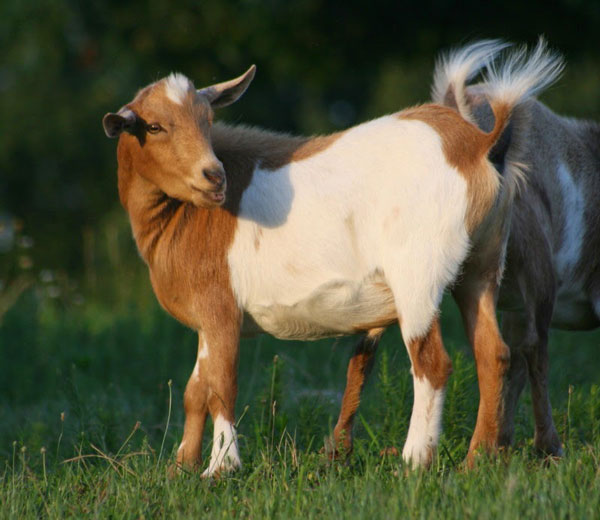
Meet the small breeds.
Nigerian Dwarfs are quintessential small-space dairy goats: tiny, colorful, intelligent, and very friendly. Nigerian does (females) from milky (dairy-based) backgrounds give up to 2½ quarts of 6- to 10 percent butterfat milk per day. Several organizations, among them the Nigerian Dwarf Goat Association, the American Nigerian Dwarf Dairy Association, and the American Dairy Goat Association register Nigerian Dwarfs, so height requirements vary. The maximum height for a mature doe in any registry is 21” tall, measured at the withers (the top of the shoulders where a goat’s neck joins her body). Keep in mind that some Nigerian Dwarf breeders raise pets. If you want a milky Nigerian, buy from a breeder who selects for dairy qualities.
Miniature Dairy Goats include Mini-Alpines, Mini-Nubians, Mini-LaManchas, Mini-Oberhaslis, Mini-Saanens and Mini-Sables (Sables are colored Saanens), and Mini-Toggenburgs. All are registered by Miniature Dairy Goat Association. Each breed was developed by breeding registered Nigerian Dwarf bucks (males) to full-size does of each respective breed to create an F1-generation miniature dairy goat. The resulting offspring are usually bred to miniature dairy goat bucks of the same breed, though crossing back to Nigerian Dwarf or full-size goats of the same breed is allowed with certain stipulations. Height limits vary according to breed but overall minimum height for a doe is 23” with a maximum height of 24″ to 29″. All of the miniature dairy goat breeds give around 2 quarts to a gallon of yummy, high-butterfat milk per day.
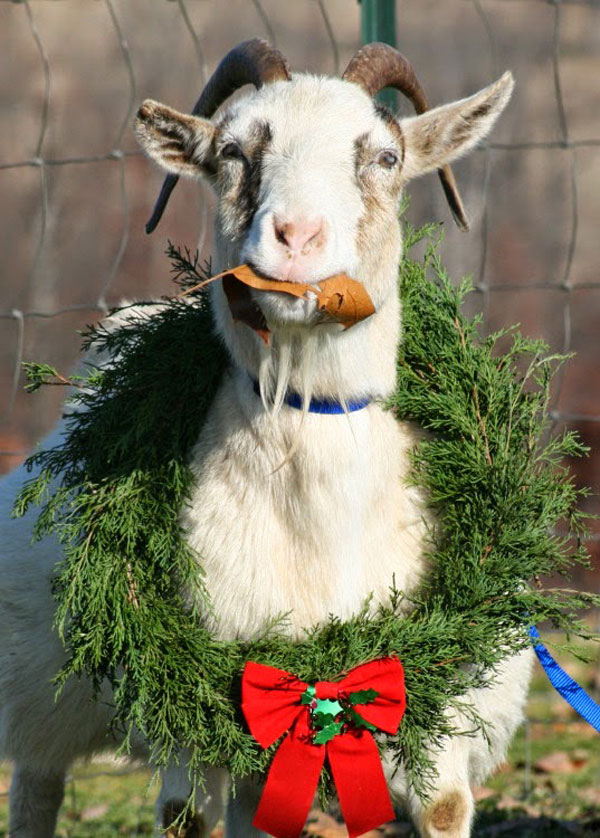
Pygmy goats are short-legged, broad, lovable animals generally raised as pets, though does can be milked and average 1 to 2 quarts of 5 percent to over 11 percent butterfat milk per day. The minimum height for mature Pygmy does is 16″ with a maximum height of 22¾”.
Mini-Myotonics, sometimes known as miniature fainting goats make marvelous pets. Myotonic goats have a genetic disorder called myotonia congenita that causes their muscles to stiffen when they’re excited or frightened. A fainting goat doesn’t actually faint. She remains awake and alert during seizures (don’t worry: seizures aren’t painful and they don’t distress the goat at all). Mini-Myotonics are unusually tame and friendly and one beauty of the breed is that they can’t climb like other goats, so they’re easier to contain. Maximum height for goats registered in the International Fainting Goat Association’s Mini-Myotonic herd book is 23″.
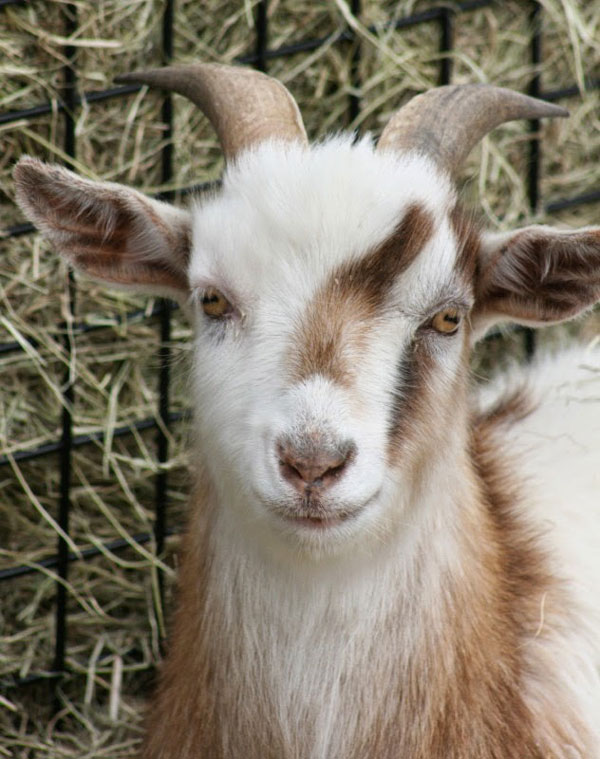
Miniature Silky Fainting Goats are incredibly cute, friendly, long-haired goats developed to resemble Silky Terrier dogs. They can be up to 23½” tall and make fine, head-turning pets when walked down the sidewalk on a leash. Some faint, some don’t. Myotonia isn’t a requisite for registration.
Things to remember
Whichever breed you fancy and wherever you live, in city, suburb or out in the country, keep these points in mind.
Goats are social creatures. One goat can’t be kept by herself. She’ll be sad and lonely and express her distress by screaming loudly and often. You must keep at least two goats or an adequate companion of another species like a sheep, a horse or pony, a llama, or alpaca. Chickens, cats, and dogs aren’t enough. If one doe can provide enough milk for your family’s needs, consider buying a wether (a castrated male) for her companion.
Don’t get goats until you have good fences. Goats are notoriously hard to contain and good fences protect goats from predators like free-roaming dogs. And please don’t plan to tether your goat unless you stay with her to make sure she isn’t stolen or hassled by dogs or strangers.
Before buying a dairy goat, understand that milking is a huge responsibility. It means milking your goats twice a day at the same time of day, every day, even if you’re sick, when it’s freezing outside, or you’d rather be away on vacation.
Do your homework before buying a goat of any size, sex, or breed, no matter where you live. My book, The Backyard Goat, will steer you in the right direction. Goats are marvelous creatures, but be sure you know what you’re doing before you commit.
Text © Sue Weaver.
